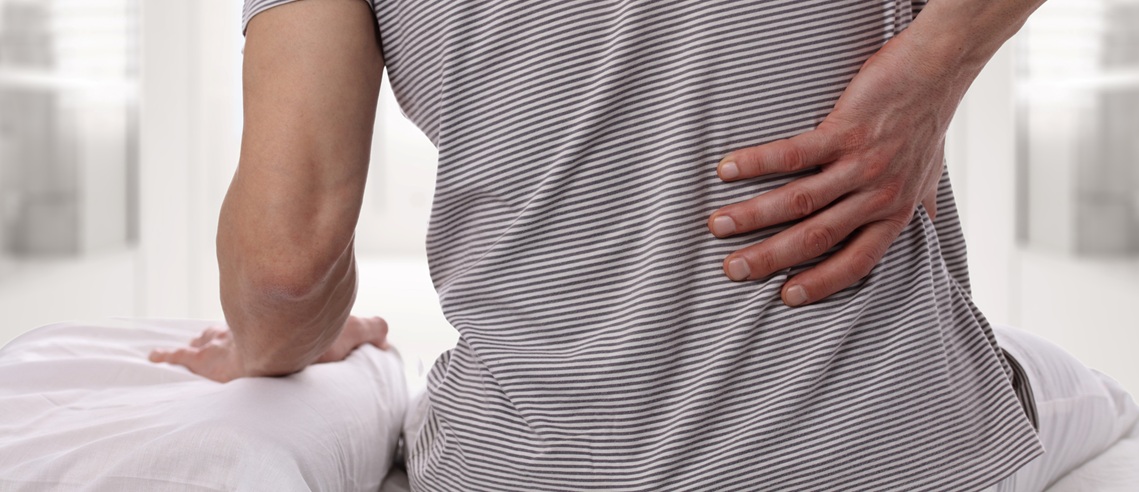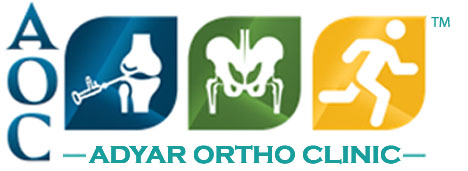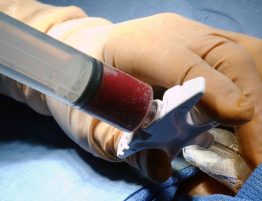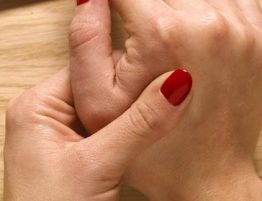
It’s not always possible to identify the cause of back pain but it’s rarely anything serious.
Most back pain is what’s known as “non-specific” (there’s no obvious cause) or “mechanical” (the pain originates from the joints, bones or soft tissues in and around the spine).
This type of back pain:
- tends to get better or worse depending on your position – for example, it may feel better when sitting or lying down
- typically feels worse when moving – but it’s not a good idea to avoid moving your back completely, as this can make things worse
- can develop suddenly or gradually
- might sometimes be the result of poor posture or lifting something awkwardly, but often occurs for no apparent reason
- may be due to a minor injury such as sprain (pulled ligament) or strain (pulled muscle)
- can be associated with feeling stressed or run down
- will usually start to get better within a few weeks
Medical conditions that cause back pain
Conditions that can cause back pain include:
- a slipped (prolapsed) disc (a disc of cartilage in the spine pressing on a nerve) – this can cause back pain and numbness, tingling and weakness in other parts of the body
- sciatica (irritation of the nerve that runs from the lower back to the feet) – this can cause pain, numbness, tingling and weakness in the lower back, buttocks, legs and feet
- ankylosing spondylitis (swelling of the joints in the spine) – this causes pain and stiffness that’s usually worse in the morning and improves with movement
- spondylolisthesis (a bone in the spine slipping out of position) – this can cause lower back pain and stiffness, as well as numbness and a tingling sensation
These conditions are treated differently to non-specific back pain.
Very rarely, back pain can be a sign of a serious problem such as:
- a broken bone in the spine
- an infection
- cauda equina syndrome (where the nerves in the lower back become severely compressed)
- cancer


